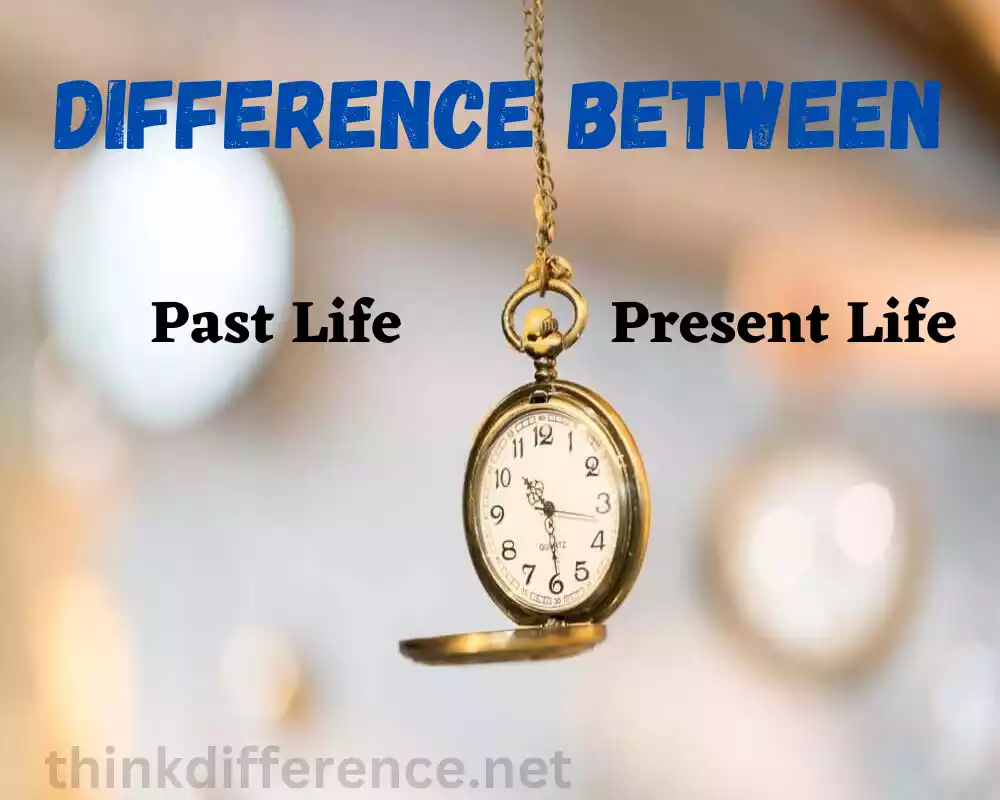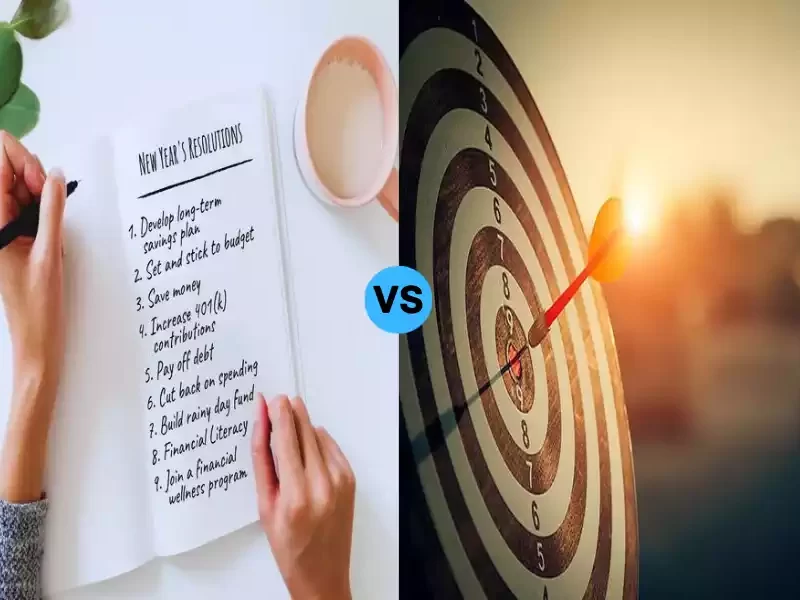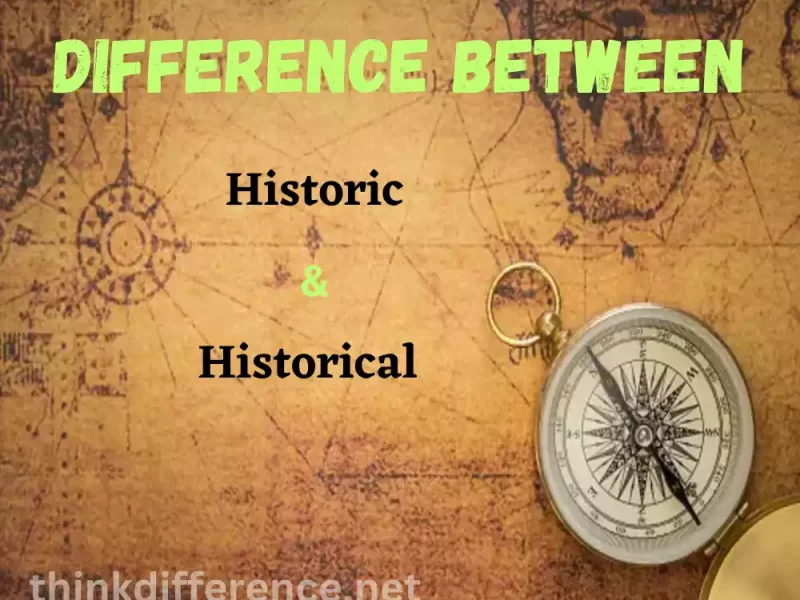Definition of Past Life and Present Life
Past Life: Past life refers to the belief or concept that an individual’s soul or consciousness has existed in previous lifetimes before their current one. According to this belief, souls undergo an incarnation process upon dying, taking on new bodies each time and experiencing life through them all.
The idea of past life suggests that individuals carry the memories, experiences, and lessons learned from their previous incarnations, which can influence their current life circumstances, personality traits, relationships, and spiritual growth.
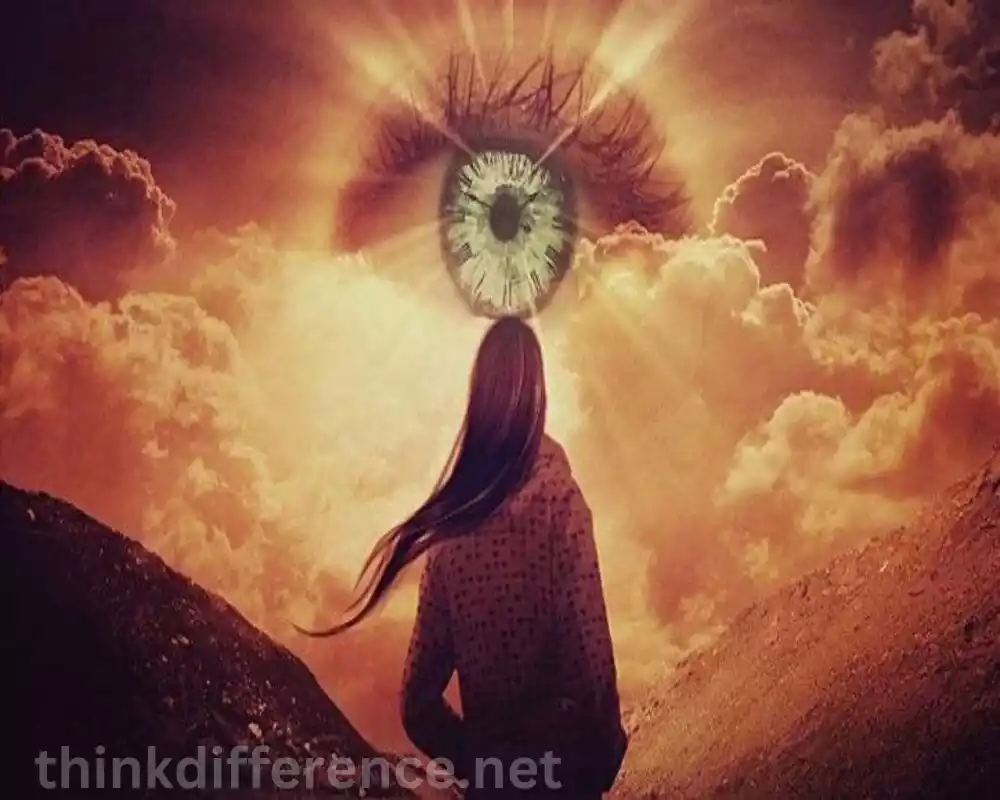
Present Life: Present life refers to the current lifetLife spans the time from birth until death when an individual remains within physical form and experiences his/her environment. Life’s present can be defined by relationships, experiences and choices made throughout our lifetimes, such as personal development in terms of relationships and career advancement, education or contributing back to society.
Each momentous decision we make affects this aspect of our existence in some way – our actions or interactions with other people is ultimately what determines who we become as individuals.
Importance of understanding the difference between past life and present life
Understanding the difference between Past and Present life can be vitally important on several fronts for individuals on multiple levels.
Here are several compelling arguments in support of being aware of this difference:
- Self-Awareness and Personal Growth: Recognizing the disparity between past life and present life helps individuals understand the origins of their beliefs, behaviors, and patterns. By exploring past life experiences and understanding their influence, individuals can gain insights into unresolved issues, traumas, and strengths that shape their present life. Self-awareness is the gateway to personal development, recovery and lasting change.
- Resolving Past-Life Traumas: Past life experiences may impact an individual’s emotional and psychological well-being in the present life. By being able to differentiate between their past lives and present lives, individuals can identify and manage any unresolved trauma, fears and phobias which have come about from previous lives. This awareness enables healing and the release of emotional baggage that may be hindering personal progress.
- Clarifying Life Lessons: The understanding of past life and present life aids in recognizing the life lessons an individual is meant to learn and the karmic patterns they may be experiencing. By understanding past life experiences, individuals can identify recurring themes or challenges in their present life and gain clarity on the lessons they need to learn in order to grow spiritually and evolve.
- Cultivating Gratitude and Mindfulness: Awareness of the distinction between past life and present life fosters gratitude for the opportunities and experiences of the present moment. It encourages individuals to focus on the here and now, appreciating the blessings and lessons available in their current life. This mindfulness helps individuals make the most of their present life and live with a sense of purpose and gratitude.
- Embracing Personal Responsibility and Free Will: Understanding that the present life is a fresh start allows individuals to embrace personal responsibility and exercise their free will. While past life experiences may influence certain aspects of the present, individuals have the power to shape their current circumstances, relationships, and choices. Recognizing the difference between past life and present life empowers individuals to take ownership of their actions and actively create the life they desire.
- Spiritual Evolution: The understanding of past life and present life aligns with various spiritual and metaphysical belief systems. It provides a framework for exploring concepts like karma, soul contracts, and the continuity of consciousness beyond a single lifetime. This exploration can deepen one’s spiritual connection, expand consciousness, and contribute to overall spiritual evolution.
Understanding our past and current lives is integral for personal development, personal growth and accepting life’s journey in its present form. Understanding this distinction helps individuals manage their lives more effectively while drawing lessons from previous experiences to shape the future consciously and plan their path ahead.
Understanding Past Life
Understanding past lives involves exploring reincarnation as well as exploring beliefs, practices and experiences associated with them.
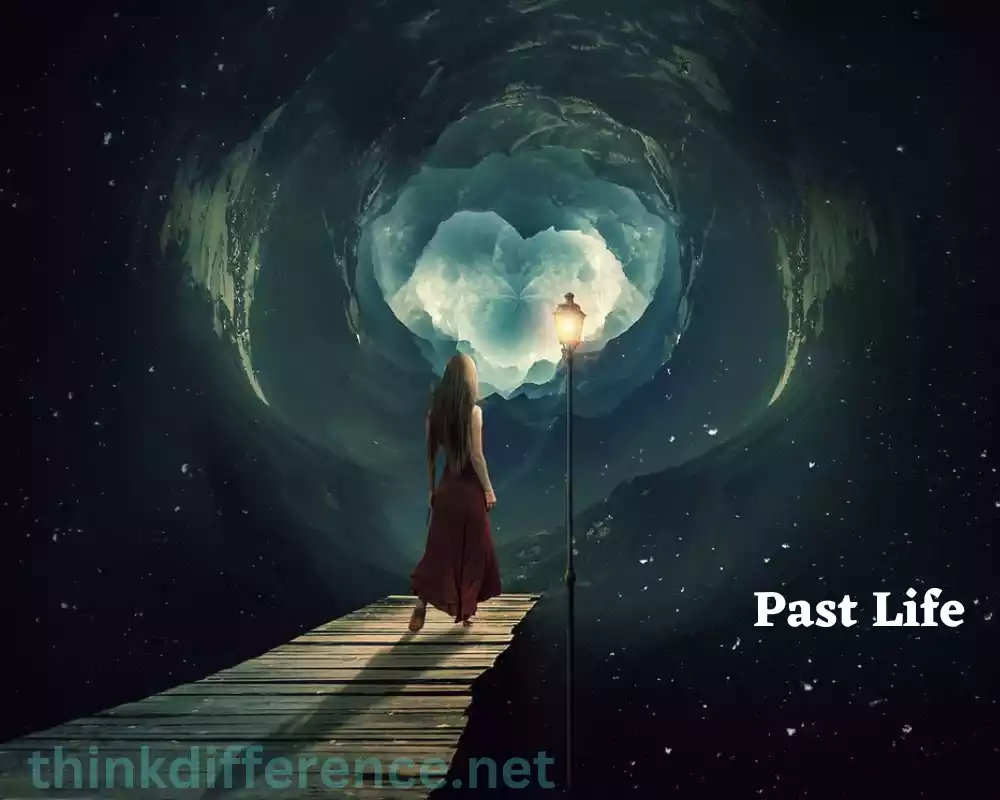
Here are several essential points you should keep in mind when trying to gain more information from our past lives:
- Reincarnation: Reincarnation refers to the belief that after death. Our soul or consciousness continues to live on in another form and becomes part of another life cycle. This cycle of death and rebirth continues until the soul has fulfilled its spiritual journey or attained enlightenment. Understanding the concept of reincarnation forms the foundation for exploring past life experiences.
- Beliefs and Cultural Perspectives: Various cultures, religions, and spiritual traditions have different beliefs and perspectives regarding past life. Exploring these perspectives can provide insights into how different societies and individuals perceive and interpret past life experiences. Examples include Hinduism, Buddhism, certain Indigenous belief systems, and New Age spirituality.
- Regression Therapy: Regression therapy is a technique used to access past life memories or experiences. Through guided hypnosis or deep relaxation, individuals may be able to recall details, emotions, and events from previous lifetimes. Regression therapy can offer a firsthand glimpse into past life encounters and aid in understanding their impact on the present.
- Stories and Accounts: Throughout history, numerous accounts, stories, and anecdotes have been shared about past life experiences. These narratives, often recounted through regression therapy or spontaneous recollection, can offer valuable insights into the nature of past life and its effects on individuals. Exploring these stories can provide a broader perspective on the diversity and depth of past life experiences.
- Themes and Patterns: Identifying recurring themes, patterns, or relationships across past life experiences can deepen understanding. Some individuals may notice consistent challenges, talents, or connections that persist throughout multiple lifetimes. Recognizing these patterns can provide clues to personal growth, karmic lessons, and the evolution of the soul.
- Healing and Integration: Understanding past life experiences can contribute to healing and integration in the present life. By recognizing and resolving unresolved traumas, emotional wounds, or unfinished business from past lives, individuals can experience healing and personal transformation. Integration involves acknowledging the wisdom and lessons gained from past life experiences and applying them to current life circumstances.
- Skepticism and Critical Thinking: It’s important to approach the topic of past life with a balanced perspective. While some individuals strongly believe in past life experiences, others maintain skepticism or seek scientific explanations. Engaging in critical thinking and examining evidence from various angles can help individuals navigate the complexities and controversies surrounding past life.
Understanding the past involves exploring various perspectives such as personal experiences, memories and stories in order to gain an insight into reincarnation, conscious awareness and its effects in today’s life. It is an immensely personal yet transformative journey which leads to self-discovery healing and spiritual advancement.
Characteristics of Past Life
The characteristics of past life encompass the distinct elements that differentiate it from the present life. While the specific details may vary depending on individual beliefs and experiences.
Here are some common characteristics associated with the concept of past life:
- Different Time Period and Historical Context: Past life experiences are often believed to occur in time periods that precede the present life. They can span various historical eras, ranging from ancient civilizations to more recent times. The past life may be associated with specific events, cultural norms, and societal conditions that existed during that time.
- Different Physical Body and Appearance: In past life, individuals are believed to inhabit different physical bodies and possess unique appearances. Considerations may include such elements as gender and race, physical characteristics and overall health when making this assessment. Individuals may have distinct physical characteristics that are different from their present life.
- Different Social and Cultural Environment: Experiences from the past may have been colored by cultural and societal context, with people belonging to diverse communities, societies or groups with their own set of traditions, customs and rituals. The social roles, relationships, and expectations in past life may differ significantly from those in the present life.
- Different Relationships and Connections: Past life often involves interactions with different people who may have played significant roles in that lifetime. These relationships could include family members as well as romantic partners, friends or adversaries- even enemies- and can have an immense effect on one’s experiences, lessons learned and personal development.
- Memories and Flashbacks: Some individuals claim to have spontaneous memories or flashbacks from past life experiences. These memories can emerge as vivid recollections, dreams, or feelings associated with specific events, locations, or people from the past life. Memories of past life are often subjective and can vary in clarity and detail.
- Lessons and Karmic Patterns: Past life experiences are believed to carry lessons, karmic patterns, and unresolved issues that can continue to influence the present life. These lessons may involve specific challenges, opportunities for growth, or the need to overcome past traumas or mistakes. Recognizing and understanding these patterns can contribute to personal development and spiritual evolution.
- Impact on Present Life: Past life experiences can have a profound impact on the present life. They may influence an individual’s personality traits, talents, preferences, fears, and relationships. Past life influences can manifest as unexplained phobias, talents or skills that seemingly emerge without prior training, or a strong sense of familiarity with certain people, places, or cultures.
Importantly, one should recognize that past life experiences may be open for interpretation based on one’s individual values and viewpoint. Different cultural and spiritual traditions may have varying perspectives on the nature and specifics of past life characteristics.
Understanding Present Life
Understanding present life involves examining the unique aspects and dynamics of one’s current existence.
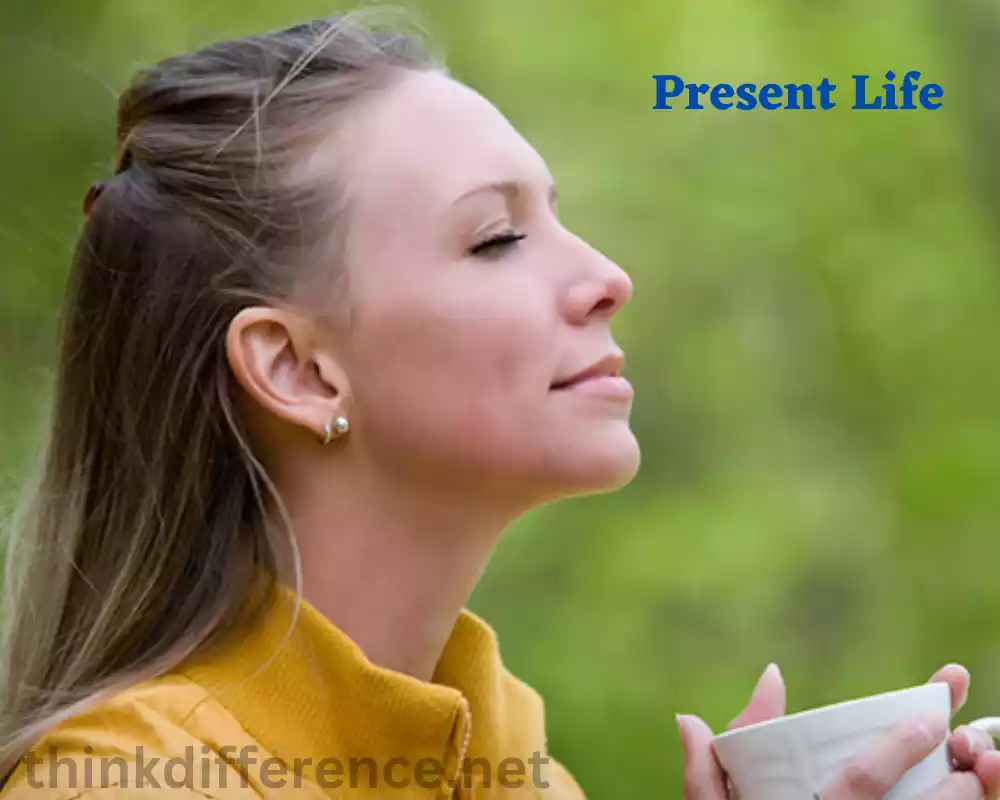
Here are some key elements to consider when seeking to understand present life:
- Time Frame and Current Historical Context: Present life exists within a specific time frame, encompassing the current era and historical context. Culture, society and technology progress of our time all play into this. Understanding the current historical context provides insights into the opportunities and challenges individuals face in their present lives.
- Physical Body and Appearance: Present life is characterized by the physical body an individual currently inhabits. This includes factors like gender, age physical characteristics race and overall health. The physical body plays a significant role in shaping experiences, interactions, and self-perception in the present life.
- Social and Cultural Environment: Life depends heavily upon our cultural and social environment in which we reside. This includes the norms, values, beliefs, and practices prevalent in society. Factors such as family and community life, education and social structures all impact one’s experiences of their life as they navigate relationships and opportunities in current living circumstances.
- Relationships and Connections: Present life involves various relationships and connections with other individuals. These relationships could include family, friends, romantic partners, colleagues and even acquaintances. The quality of these relationships and the dynamics involved significantly impact an individual’s well-being, support system, and personal growth in the present life.
- Individual Choices and Free Will: Present life provides individuals with the opportunity to make choices and exercise free will. Individuals have the power to choose their relationships, careers and personal development plans as well as life styles for themselves. Realizing the significance and power of personal choice gives individuals accountability for their actions while shaping the course of their lives up until now.
- Personal Growth and Life Lessons: Present life offers opportunities for personal growth and the learning of life lessons. It involves navigating challenges, overcoming obstacles, and embracing experiences that contribute to individual development. Understanding the lessons embedded in present life experiences can foster personal growth, self-awareness, and transformation.
- Evolving Circumstances and Change: Present life is characterized by constant change and evolving circumstances. Individuals may experience shifts in their relationships, career paths, living situations, and personal aspirations. Embracing and adapting to these changes is essential for navigating the complexities of present life and fostering resilience.
- Embracing the Present Moment: Understanding present life emphasizes the importance of being fully present and mindful in the current moment. It encourages individuals to appreciate and engage with their immediate experiences, cultivating gratitude and a deeper sense of fulfillment in everyday life.
By comprehending the dynamics and unique aspects of present life, individuals can gain insights into their current circumstances, relationships, and personal growth opportunities. People can make conscious choices to embrace change, accept it and live fully in the present.
Characteristics of Present Life
The characteristics of present life encompass the distinct elements that define and shape one’s current existence. While specific details may vary for individuals.
Here are some common characteristics associated with present life:
- Time Frame and Historical Context: Current events take place within a time period that encompasses both present-day reality and its historical roots, due to societal technological, cultural and sociological advances of today affecting its progress and challenges in terms of opportunities, challenges, state of life etc.
- Physical Body and Appearance: Each of us lives are strongly affected by their physical appearance and body. Gender, age and physical traits all play a significant role. A body serves as the interface for human interactions daily – how we connect with others as we navigate society together.
- Social and Cultural Environment: In today’s life, people’s experiences and choices in life are greatly shaped by the environment they reside within – both culturally and societally. This encompasses everything from family dynamics and community activities through to education systems which shape our experiences of everyday living and ultimately inform how decisions are made in everyday situations.
- Connections and relationships: Life today is full of many relationships spanning families to colleagues to friends to romantic partners to acquaintances – each having an impactful impact on our emotional wellbeing, social support needs and overall development in some way or another. The quality and dynamics of these connections has an incredible bearing on one’s emotional wellbeing as well as future personal development opportunities in today’s society.
- Self and Personal Identity in Modern Society: A person’s present circumstances are determined by his/her understanding of self and identity, including beliefs, values, aspirations goals and life objectives. Identity formation depends on life experiences such as relationships and social expectations prevalent at this point in time.
- Options and Agency: Modern life provides people with many choices and agencies for making life’s choices and decisions on their own, such as choosing careers, relationships, personal growth or lifestyle decisions at any point in time. Such choices determine future outcomes; choices made now often have long term ramifications.
- Growth and Development: Life provides numerous opportunities for personal and emotional well-being development through learning, experience and growth. Acquiring new knowledge abilities experiences skills contribute to personal development leading to improved self esteem as a result of successes challenges lessons from today.
- Change, Adaptation and Migration: Modern life is filled with change; people must adapt to it by accepting change and adapting accordingly. Change can happen within work environments, relationships or personal goals – being flexible to accept change is vital when facing today’s life challenges.
- Meaning and Purpose: Today’s life needs meaning and purpose; individuals seek fulfillment as well as feeling of purpose in their daily activities. This could involve following one or more desires that you identify for fulfillment or having an influence in other’s lives by leaving an impactful legacy of values or convictions that guides life choices.
Understanding our current life can assist us with managing present circumstances, making informed choices, and finding personal growth and satisfaction they seek. Acceptance of their current circumstances allows them to make meaningful relationships while working toward improving personal well-being and development.
Differences Between Past Life and Present Life
There are various differences between our past lives and today. These differences encompass various aspects, including time frame, physical existence, experiences, and personal growth.
Here are some notable distinctions between past life and present life:
- Time Frame: Past life refers to previous lifetimes that an individual has experienced, while present life refers to the current lifetime an individual is living. Past life relates to the time period before the current existence, whereas present life encompasses the ongoing experiences and existence in the present moment.
- Physical Body: In past life, individuals are believed to have inhabited different physical bodies with distinct characteristics, such as gender, appearance, and health. In present life, individuals inhabit their current physical body, which serves as the vessel for their current experiences and interactions.
- Memories and Conscious Awareness: Past life experiences may involve memories, flashbacks, or regressions that individuals may recall or explore through various techniques. In contrast, present life involves the conscious awareness of one’s current experiences, memories, and personal history.
- Historical Context: Past life experiences occur in different historical eras and cultural contexts, while present life exists within the current historical and societal framework. Past life may involve different societal norms, beliefs, and customs that were prevalent during that specific period, whereas present life is influenced by contemporary social, cultural, and technological developments.
- Relationships and Connections: Past life experiences may involve different relationships and connections with individuals who played significant roles in previous lifetimes. These relationships are distinct from those formed in the present life, which involve the people and connections one encounters in the current lifetime.
- Personal Growth and Lessons: Past life experiences are believed to contribute to an individual’s personal growth and spiritual evolution over multiple lifetimes. Each past life may present unique lessons, challenges, and karmic patterns that shape the soul’s journey. In the present life, individuals continue their personal growth and have the opportunity to learn new lessons and overcome current challenges.
- Influence on Present Life: Past life experiences are thought to influence the present life in various ways. They may impact an individual’s personality traits, talents, fears, and relationships. Life today is created by experiences, decisions and choices we face today.
- Focus and Awareness: Past life exploration often involves delving into the past and exploring memories or experiences from previous lifetimes. Present life emphasizes living in the present moment and cultivating mindfulness, focusing on the here and now, and embracing the opportunities and experiences of the current existence.
Understanding these differences allows individuals to appreciate the uniqueness of their current life, explore the lessons and experiences of the past, and make conscious choices that shape their present reality. Your Personal Growth Journey serves as a roadmap to assist in personal development, self discovery and accepting all the possibilities and challenges in your current life.
Relevance and Applications
Understanding the difference between past and present life can be extremely valuable in various spiritual, personal, and psychological scenarios.
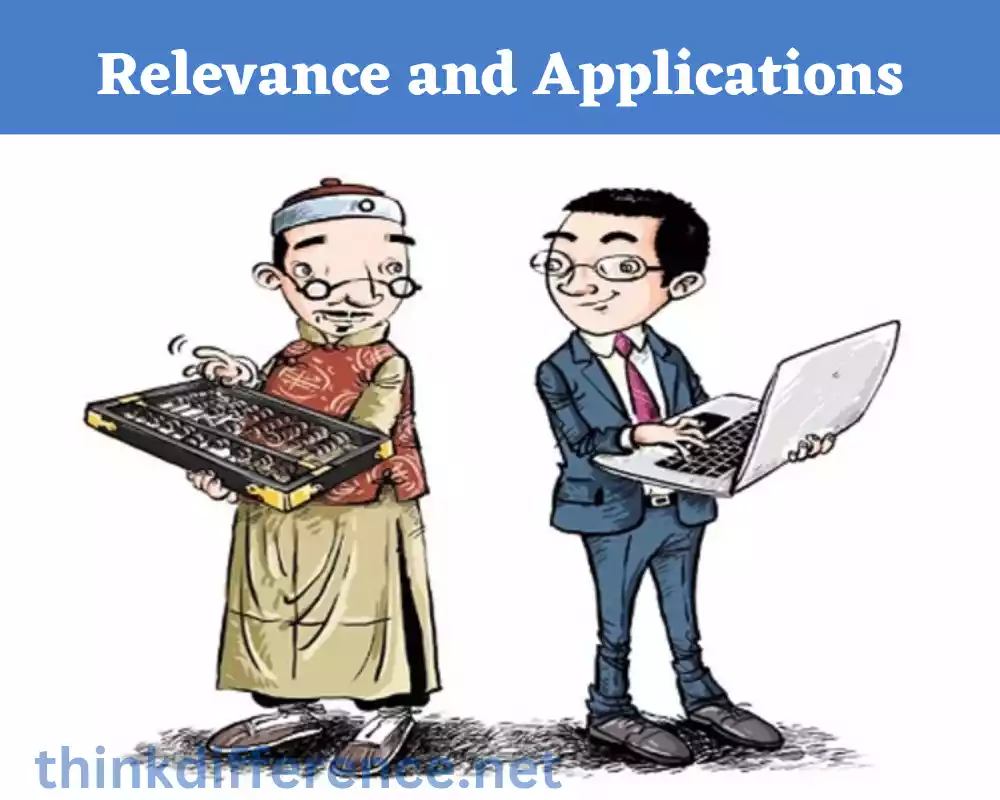
Here are a few areas this knowledge could assist:
- Self-Exploration and Personal Growth: Exploring past life experiences can provide valuable insights into one’s personal history, patterns, and karmic lessons. Once people understand how their past affects their present lives, they’ll gain more clarity into both themselves and their behavior – as well as why they exist – through self-exploration. Through it they may gain self-awareness, personal growth and ultimately find happiness within.
- Healing and Resolving Unresolved Issues: Past life regression therapy or exploring past life memories can help individuals identify and heal unresolved issues, traumas, and emotional wounds carried over from previous lifetimes. Understanding the differences between past life and present life allows individuals to address these unresolved issues in a therapeutic and transformative manner, leading to emotional healing and personal integration.
- Spiritual Development and Enlightenment: Within spiritual and metaphysical frameworks, understanding past life and its differences from present life is fundamental. Exploring past life experiences can deepen spiritual awareness, foster a sense of interconnectedness, and provide insights into the soul’s journey across lifetimes. This understanding can support spiritual development, personal transformation, and the pursuit of enlightenment.
- Exploring Interpersonal Dynamics: Understanding the differences between past life and present life can shed light on the dynamics of relationships and connections. It can help individuals navigate their current relationships with a broader perspective, recognizing patterns, karmic ties, and shared history that may influence their interactions. This understanding can promote compassion, forgiveness, and healthier relationship dynamics.
- Overcoming Phobias and Patterns: Past life experiences may contribute to the development of unexplained phobias, fears, or recurring patterns in the present life. Understanding the differences between past life and present life can assist individuals in identifying the origins of these challenges and working towards their resolution. This knowledge can support individuals in overcoming limiting beliefs, fears, and patterns that no longer serve them.
- Historical and Cultural Understanding: Exploring past life experiences can offer insights into different historical periods, cultures, and social contexts. Encouraged through interactive media such as storytelling or virtual reality experiences, human diversity education fosters greater insight into our shared human story as well as an appreciation of interdependencies among cultures over time. This knowledge can enhance cultural empathy, historical awareness, and a sense of global interconnectedness.
- Skepticism and Critical Thinking: Understanding the differences between past life and present life encourages critical thinking and open-mindedness. It allows individuals to approach the topic with a balanced perspective, evaluating claims and experiences from various angles. This critical approach fosters intellectual growth, discernment, and the ability to engage in constructive discussions about past life concepts.
Understanding the differences between their past and current life provides individuals with an opportunity to examine both their personal journey and spiritual path as well as patterns in their behavior – which helps with both healing and understanding of self and world around us. The applications of this understanding extend to various areas of personal development, spirituality, and cultural awareness.
Conclusion
Past Life and Present Life concepts are an intriguing aspect of spirituality and human culture. No matter your stance on reincarnation, exploring past lives remains fascinating. Our fascination with what lies beyond life will continue to deepen over time.

